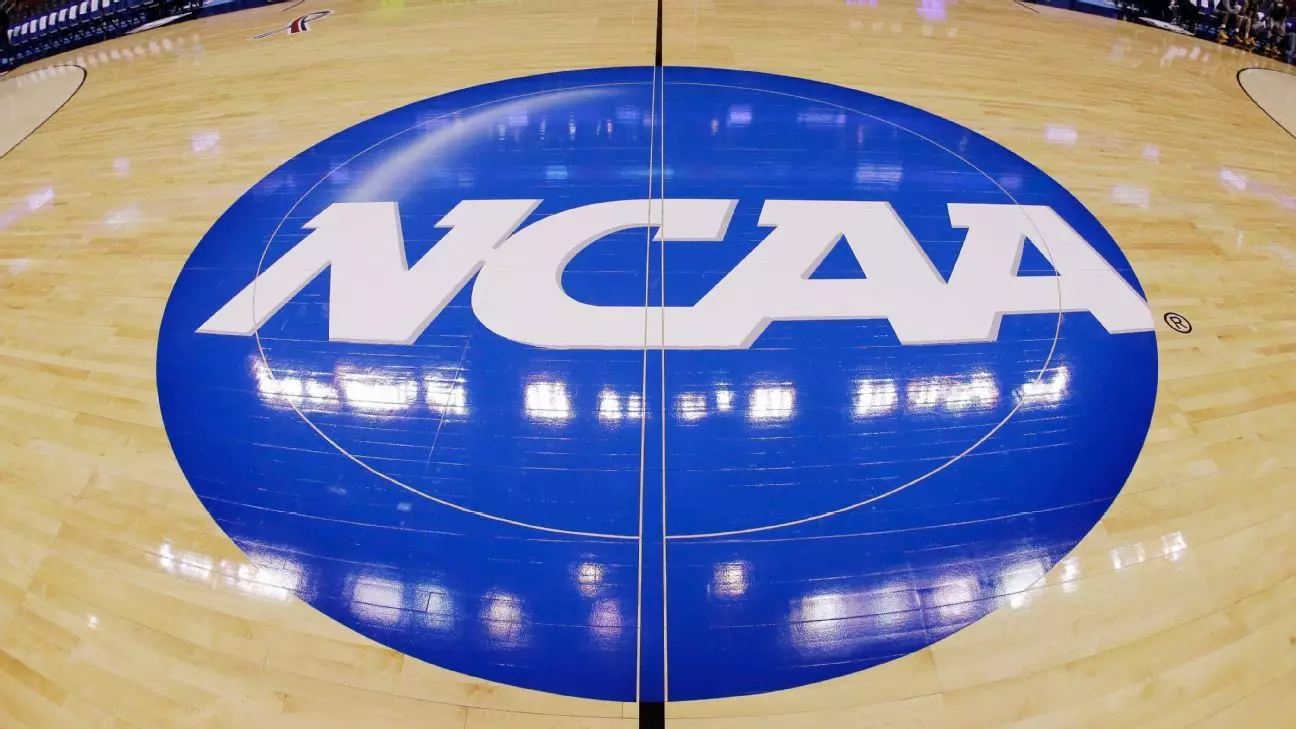The recent pronouncements from Judge Claudia Wilken concerning the NCAA’s proposed multibillion-dollar antitrust settlement have ignited a firestorm of debate surrounding the future of collegiate sports. While the NCAA’s agreement to pay roughly $2.8 billion to athletes—a move purportedly designed to enhance equity and pay athletes directly—has been heralded by some as a progressive leap for college athletics, it has a nefarious underbelly. The insistence on implementing stringent roster limits right away is an alarming step backwards, not just for the athletes but for the entire ethos of college sports. This is a classic example of putting a bandage over a gaping wound—beneath the surface, the NCAA’s attempt to maintain the veneer of control fails to grasp the issues at stake.
The Roster Limit Quandary
According to Judge Wilken, the immediate enforcement of roster limits would grotesquely impact current athletes, pushing many out of their positions in teams that they have dedicated years of hard work and commitment to. In a moment that should be celebrated for its potential to dismantle antiquated oppressive structures, we are faced with the stark reality that roster limits threaten to enact further injustices. Imagine athletes who have sacrificed their time, energy, and perhaps even physical health suddenly being told they no longer have a spot on their team—it’s an indignation that no athlete should endure.
While the NCAA contends that these roster limits are essential to preventing the richest programs from hoarding talent, one can’t help but see the hypocrisy in their logic. Instead of promoting competition, this initiative could lead to the systematic culling of promising athletes whose only crime has been to strive in an arena that should celebrate rather than penalize. The fallout from such a drastic policy could be catastrophic, undermining the spirit of teamwork, camaraderie, and perseverance that defines college sports.
A Compromise That Should Never Be
Judge Wilken suggested a compromise: “grandfathering in” existing athletes to stave off their displacement while the new rules are phased in. However, one cannot help but wonder if this compromise is merely a neat workaround for a much more profound issue. Is it not a farce to suggest that college sports can continue to thrive while simultaneously stripping spots away from deserving athletes?
The NCAA’s track record of obfuscation and regulation enforcement is troubling enough as we navigate through these changes. If the association is truly committed to securing fairness for athletes, they must acknowledge that cutting roster spots contradicts this mission at its very core. The continuing debate around roster limits reveals a fundamental disconnect: the NCAA is more focused on maintaining its grip on power than on fostering an environment that genuinely supports its athletes.
Whispers of Rebellion
More than 4,600 Division I athletes entering the transfer portal in April is a staggering indication of unrest within college sports. Athletes are understandably anxious, with many fearing that their chances to compete at their schools are being snatched from under them as the NCAA massages the rules to fit its agenda. This state of uncertainty creates a toxic atmosphere for young athletes, who are caught in the crossfire of legal maneuvers and administrative posturing.
Steve Berman, the co-lead attorney for the plaintiffs, has voiced confidence that changes will be made to address these roster limits, citing the leverage athletes now hold. But his optimism seems misplaced in a system notorious for catering to monetization over morality. The NCAA’s panicked responses in recent meetings signal that they are aware of the backlash, yet they continue to prioritize bureaucracy over the athletes’ lives.
The Voice of the Athletes
In what should serve as a wake-up call for all stakeholders involved, athletes like Gannon Flynn, a freshman swimmer at Utah, have offered critical insights. Flynn did not hesitate to emphasize the personal stakes in this legal drama; his very future on a team was put in jeopardy because of ill-thought-out roster regulations. “I think it’s a great compromise,” he said regarding the need to protect current athletes. Yet the reality is, any compromise that jeopardizes athletes’ positions is fundamentally flawed.
It is imperative that judicial advocacy for athletes extends beyond mere rhetoric. If we are to genuinely transform the landscape of college sports, we must ensure that the very athletes contributing to the game are championed rather than shunted aside. The NCAA’s grip on collegiate sports cannot persist if it continues to implement policies that lead to fragmentation and displacement.
The urgency for change has never been clearer. As we wait for the NCAA to respond to Judge Wilken’s directive, the focus should not merely be on the settlement’s approval but on creating a system that truly values the contributions of student-athletes. After all, college sports should be about talent and teamwork—principles that cannot coexist with unnecessary roster caps.

